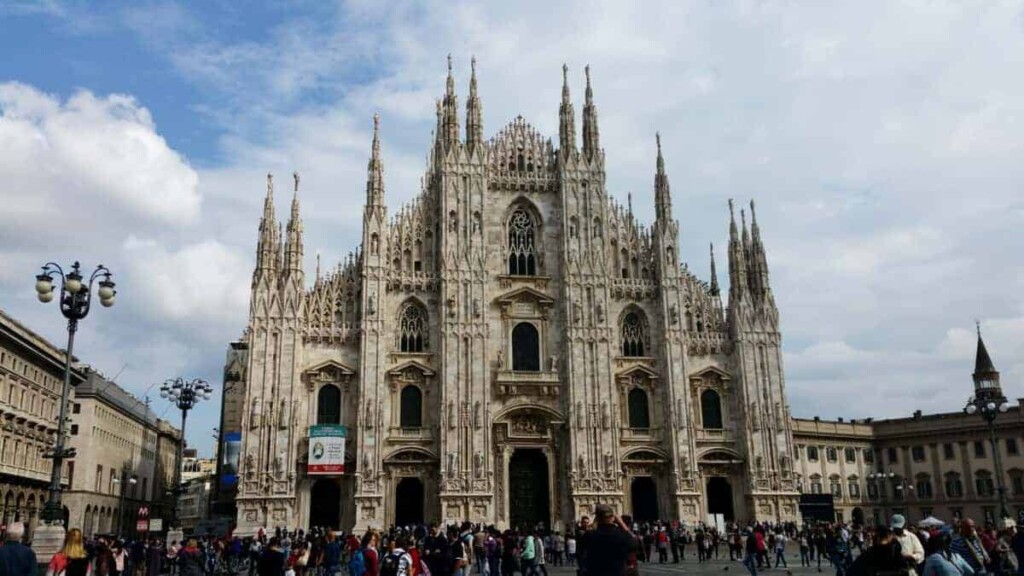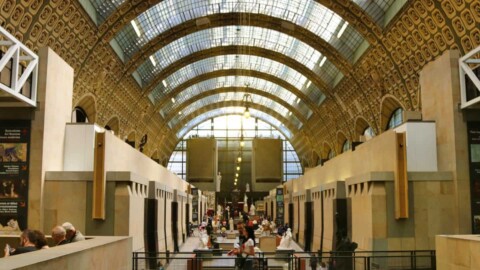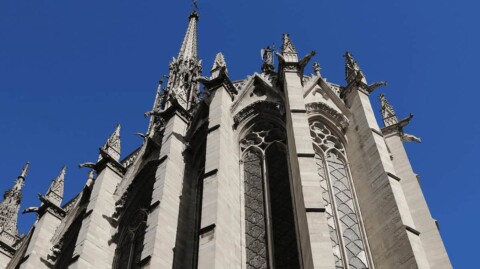Milan, the vibrant and cosmopolitan city in northern Italy, is a destination that offers a perfect blend of history, culture, and modernity. From its iconic fashion scene to its rich historical heritage, Milan has something to offer for every traveler.

Milan is synonymous with fashion and style. The city is home to some of the world’s most renowned fashion houses and designers, making it a paradise for fashion enthusiasts. Visitors can explore the Quadrilatero della Moda, Milan’s prestigious fashion district, where luxury boutiques and flagship stores line the streets. Additionally, the city hosts Milan Fashion Week, an internationally acclaimed event that showcases the latest trends and collections from top designers.
Milan boasts a wealth of cultural treasures, including its magnificent Gothic cathedral, the Duomo di Milano. This architectural masterpiece is a symbol of the city and offers breathtaking panoramic views from its rooftop. Art lovers can visit the Pinacoteca di Brera, home to an impressive collection of Italian Renaissance art, including works by masters such as Raphael and Caravaggio. The Teatro alla Scala, one of the world’s most famous opera houses, presents captivating performances that captivate audiences with their grandeur and elegance.

Steeped in history, Milan showcases its rich past through landmarks such as the Sforza Castle, a medieval fortress that houses several museums and art collections. The Santa Maria delle Grazie church is home to Leonardo da Vinci’s iconic masterpiece, “The Last Supper,” a must-see for art and history enthusiasts. Strolling through the charming streets of the Brera district, visitors can immerse themselves in the city’s historical ambiance and discover hidden gems at every turn.
Italian cuisine takes center stage in Milan, offering a delightful gastronomic experience for visitors. From traditional trattorias serving authentic risotto and ossobuco to Michelin-starred restaurants creating innovative culinary masterpieces, the city’s dining scene is diverse and exquisite. Travelers can savor aromatic espresso at historic cafes or indulge in delectable gelato while exploring the city’s culinary landscape.
In addition to its rich heritage, Milan embraces modernity with its sleek skyscrapers, contemporary art galleries, and innovative design spaces. The Porta Nuova district showcases modern architecture and urban development, reflecting Milan’s progressive spirit and forward-thinking approach.
Milan’s allure lies in its seamless fusion of tradition and innovation, offering a captivating experience for travelers seeking a taste of Italy’s cultural and artistic essence. Whether it’s exploring historical landmarks, indulging in haute couture shopping, or savoring delectable Italian cuisine, Milan invites visitors to immerse themselves in its unique charm and sophistication.
Visiting Milan is an enriching journey that promises to leave a lasting impression on anyone who has the pleasure of exploring this captivating city.
A little bit of history
- 222 B.C.: Milan became part of the Roman Empire.
- 4th century A.D.: Milan emerged as the capital of the Western Roman Empire under Emperor Diocletian.
- Middle Ages: After the fall of the Roman Empire, Milan faced numerous invasions but maintained its importance as a trade center.
- 1277 – 1447: The city experienced a period of wealth and culture under the rule of the Visconti family, the Lords of Milan.
- 1450 – 1535: The Sforza family took over control and continued the city’s cultural and economic growth; notable figures like Leonardo da Vinci worked at the Sforza court.
- 1796: Milan was conquered by Napoleon Bonaparte and later became the capital of the Cisalpine Republic.
- 19th century: Milan played a central role in the Italian unification movement and eventually became part of the Kingdom of Italy in 1861.
- 20th century: The city was heavily bombed during World War II but underwent rapid reconstruction and economic growth in the post-war years, becoming a leading international fashion and design capital.
Best Time to Visit
Best Time to Visit Puerto Milan, Italy
The best time to visit Milan, Italy, is during the spring and fall, specifically from April to June and September to October. During these months, the climate is delightfully mild, making it perfect for exploring the fashion capital’s numerous attractions without the discomfort of extreme temperatures. Additionally, these periods typically see fewer crowds, allowing for a more relaxed and intimate experience of the city’s rich culture and history. While July and August represent the peak tourist season with bustling streets and high temperatures, the cooler months from November to March offer a quieter visit, though with cooler weather that might necessitate packing a few extra layers.
Do’s & Don’ts
Must Do and See in Milan, Italy
- Visit the Duomo di Milano: Marvel at this iconic Gothic cathedral, which is the centerpiece of the city.
- Stroll through Galleria Vittorio Emanuele II: Admire the elegant 19th-century shopping arcade known for its glass-vaulted ceilings and luxury retailers.
- See Leonardo da Vinci’s ‘The Last Supper’: Book in advance to view this world-famous mural at Il Cenacolo.
- Explore Castello Sforzesco: Discover this historic castle and its museums, offering a glimpse into Milan’s storied past.
- Relax at Piazza del Duomo: Enjoy the vibrant atmosphere of this central square, surrounded by impressive buildings and bustling cafes.
- Visit Chiesa di San Maurizio al Monastero Maggiore: Often referred to as the ‘Sistine Chapel of Milan’, it is renowned for its stunning frescoes.
- Admire art at Pinacoteca di Brera: Take in a collection of Italian masterpieces at this esteemed art gallery.
- Experience the Duomo Rooftops: Climb or take the elevator to the roof for breathtaking views over Milan.
Things you should avoid doing in Milan, Italy
- Not booking your visits in advance: Milan is a bustling city with a lot of popular attractions. To avoid disappointment, especially when planning to visit landmarks like The Last Supper or the Duomo, you should book your tickets well in advance.
- Not getting the Milan Metro’s MilanoCard city pass: This city pass can save you both time and money as it offers unlimited public transportation and discounts to various attractions.
- Not dressing appropriately: Milan is the fashion capital of the world, and while there’s no strict dress code, dressing smartly can enhance your experience, especially when dining out or visiting upscale areas.
- Touching fresh goods at the market: When shopping at local markets, don’t handle the produce. It’s customary to let the vendor pick out items for you.
- Letting your guard down: Like any major city, Milan has its share of pickpockets, especially in crowded areas or on public transport. Keep an eye on your belongings at all times.
- Going for late lunch: Many restaurants in Milan close in the afternoon before reopening for dinner. Plan your meals accordingly so you don’t miss out on a good dining experience.
- Dining only around touristic sites: These restaurants can be overpriced and not always authentic. Explore local neighborhoods for more genuine and potentially better-priced options.
- Choosing fancier gelati over artisanal ones: Don’t be swayed by flashy gelato shops; look for places where the gelato is stored in metal containers – it’s often a sign of high-quality, artisanal gelato.








